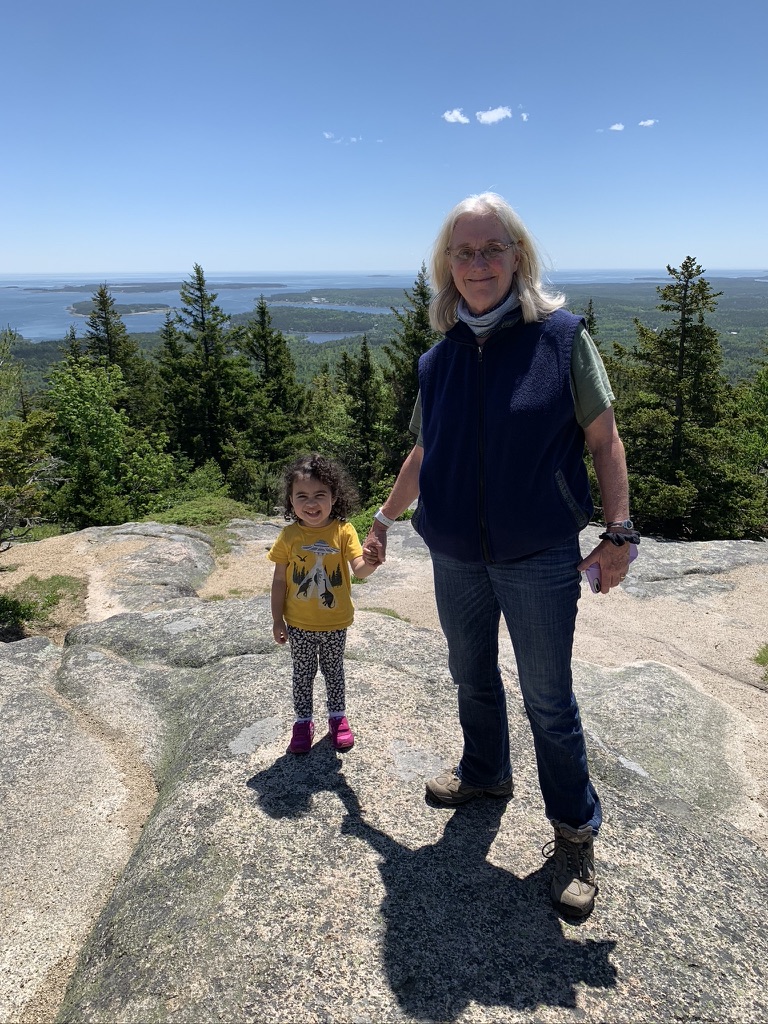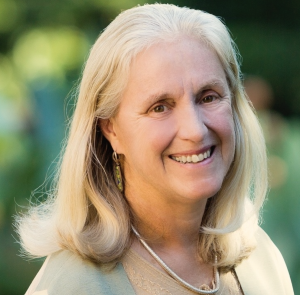 Journalist Felicity Barringer had covered government for decades — first at The Bergen Record in New Jersey, then at The Washington Post, and finally at The New York Times — so when she became the Times’ national environmental correspondent in 2003, it came as a surprise. It was also a thrill.
Journalist Felicity Barringer had covered government for decades — first at The Bergen Record in New Jersey, then at The Washington Post, and finally at The New York Times — so when she became the Times’ national environmental correspondent in 2003, it came as a surprise. It was also a thrill.
“I fell in love with environmental reporting and 19 years later am still in love with it,” Barringer says.
She relishes learning about the science of environmental issues, from biology to chemistry to hydrology to engineering. “It was all new to me as an English major,” Barringer says. “I like a challenge.”
Exploring the bond between the planet and people also compels her. “There’s a dimension that goes beyond science and engineering, and touches the human spirit,” Barringer says. “I’m deeply drawn by this connection.”

Felicity Barringer. Credit Shipley Magazine
Barringer left The New York Times in 2014 and became writer in residence at Stanford’s Bill Lane Center for the American West in 2016, where she delves into western environmental and health issues for … & the West magazine. Her most recent investigations include differences in cannabis commerce across the region, the debate over nuclear power as a carbon-free energy source, and an analysis of the pros and cons of new reservoirs proposed in California.
Her reporting on the people side of environmental issues has evolved over the course of her career. At the outset, her focus was on how people have harmed the world by building on it, polluting it, and trying to reengineer it. “I was looking at what human power structures have done — highways, dams, coal plants,” Barringer says.
Now her reporting also includes social justice. “I look at issues from an environmental equity point of view — how people are getting screwed over by environmental harm,” Barringer says.
The solutions of 100 years ago are the problems of today. People need to recognize that.
She’s also sensitive to the impact of environmental journalism on people, especially climate change coverage. “It’s 24/7 and rightly so, but when you present a problem you should be looking hard for possible solutions,” Barringer says. “I have two granddaughters, ages 3 and 5 — if we don’t offer solutions, they’ll be depressed instead of having the imagination to look for solutions.”
Looking forward, Barringer hopes to see more coverage of how local communities can combat climate change as well as how to undo other environmental harms, including problematic engineering projects of the past. “The solutions of 100 years ago are the problems of today,” she says. “People need to recognize that.”
Barringer is passing her insights on to future journalists. About 20 students have interned with her since she came to Stanford, and one, Madison Pobis, won a Society of Environmental Journalists award for a story on how California’s new groundwater regulations affect farmers. “My dream is to be part of informing and creating interest in a new generation of environmental journalists who will take it places it hasn’t gone,” she says.
Top Photo: Felicity Barringer with one of her granddaughters atop Beech Mountain, Maine. Credit Michael Taubman

